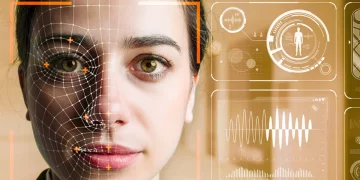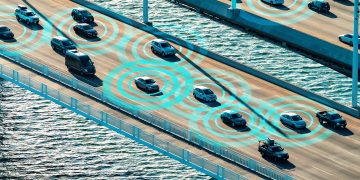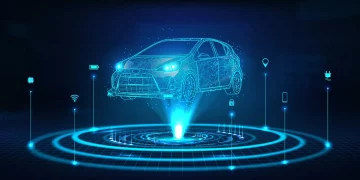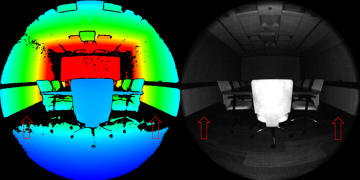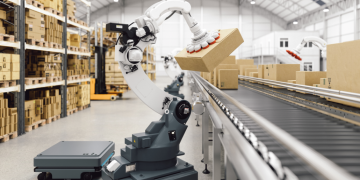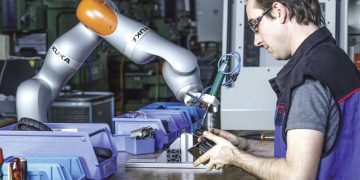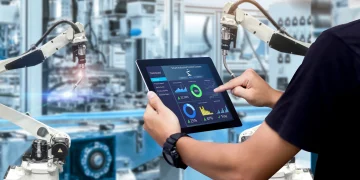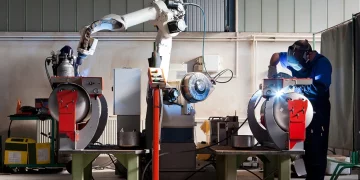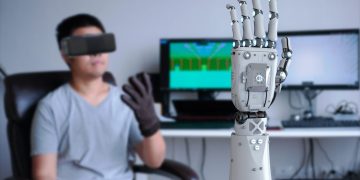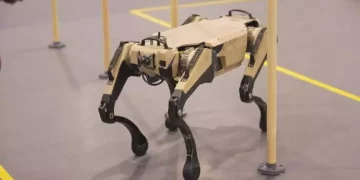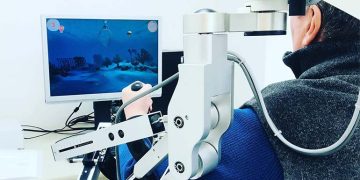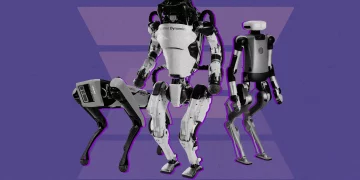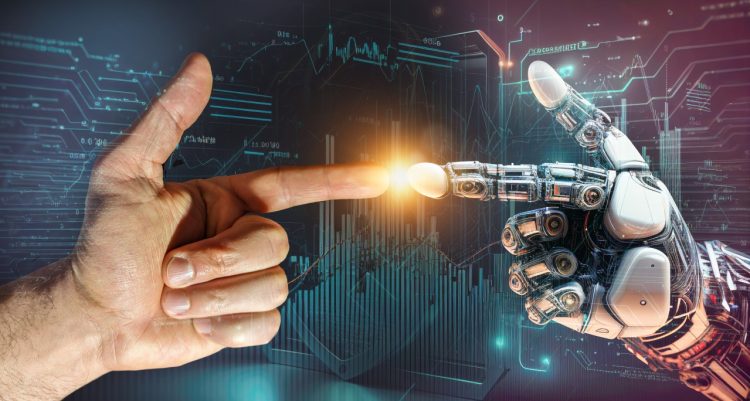Introduction
The rapid advancements in Artificial Intelligence (AI) are dramatically transforming the way humans interact with machines. As AI technologies progress, the interface between human and computer is evolving from a simple tool-based interaction into a sophisticated, intuitive, and increasingly autonomous system. The fusion of Artificial Intelligence (AI) and Human-Computer Interaction (HCI) is ushering in a new era of digital communication, where machines not only respond to user inputs but anticipate needs, adapt to behavior, and provide personalized experiences. This integration is reshaping industries, enhancing user experiences, and expanding the boundaries of what is possible in technology.
In this article, we will explore the symbiotic relationship between AI and HCI, examine the latest innovations in the field, and discuss the potential challenges and ethical implications that accompany this merger.
1. The Evolution of Human-Computer Interaction
1.1 From Basic Interfaces to Intelligent Systems
Historically, HCI has been a field concerned with improving the usability and efficiency of computers. In its early stages, interactions were confined to physical input devices, such as keyboards and mice, with basic output displayed on monitors. As technology evolved, so too did HCI, embracing graphical user interfaces (GUIs), voice commands, and touch-based input methods.
The shift towards AI integration marks a major leap from traditional interfaces. Where past systems required humans to adapt to machines, AI-driven interfaces are now evolving to understand and adapt to human behavior, context, and preferences. This integration represents a significant departure from manual interaction, pushing the boundaries of automation and creating seamless experiences that are personalized and intuitive.
1.2 Key Milestones in HCI Development
- Early Interaction Models (1950s–1980s): Interaction was mostly limited to command-line interfaces and early graphical user interfaces, requiring users to learn and recall specific commands.
- The Rise of GUIs (1980s–1990s): The introduction of graphical user interfaces (GUI) made it easier for people to interact with computers visually, using icons and windows.
- The Advent of Touch and Gesture (2000s): The proliferation of touchscreens, smartphones, and gesture-based controls provided a new dimension of interaction.
- AI-Augmented Interfaces (2010s–Present): AI-driven systems, such as voice assistants, predictive text, and machine learning-based interfaces, have begun to take over as key elements in HCI, enabling more advanced, context-aware, and personalized experiences.
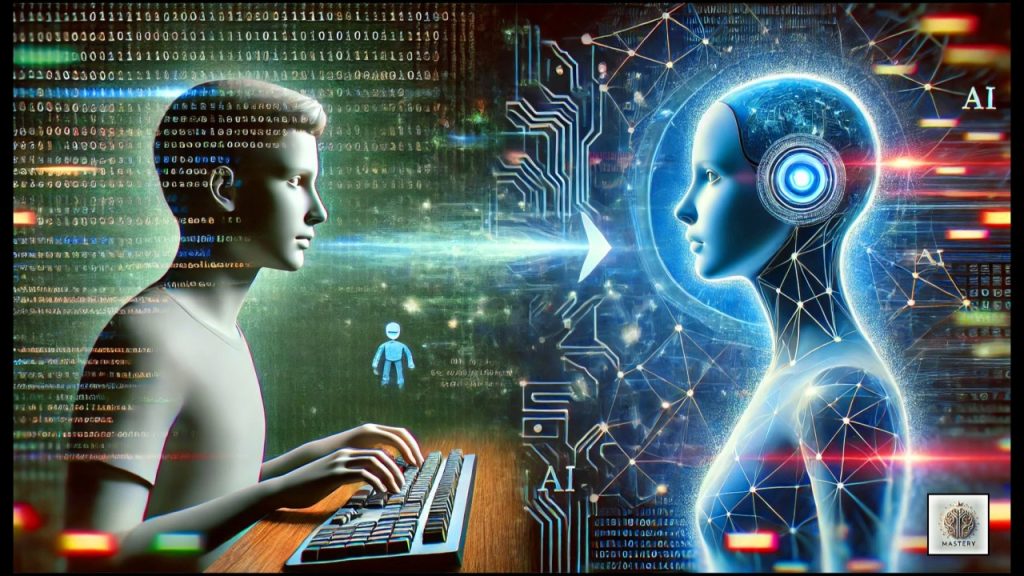
2. Artificial Intelligence’s Role in Enhancing HCI
2.1 Personalized User Experiences
AI is playing a pivotal role in making interactions more personalized. By leveraging machine learning algorithms, AI can analyze user data in real time to customize interfaces based on individual preferences, habits, and needs. Whether it’s a voice assistant recognizing a user’s tone or a recommendation engine suggesting content, AI enables systems to anticipate and cater to users’ needs with remarkable precision.
For example, platforms like Netflix and Spotify use AI-driven recommendation engines to tailor content suggestions based on past behaviors. Similarly, virtual assistants like Siri and Google Assistant use voice recognition and contextual understanding to offer personalized, task-specific support. The more the AI learns from the user, the more intuitive and efficient the interaction becomes.
2.2 Conversational Interfaces: The Role of Natural Language Processing (NLP)
Natural Language Processing (NLP) is one of the most groundbreaking AI technologies enhancing HCI. NLP allows machines to understand, interpret, and generate human language in a way that is both accurate and contextually relevant. Voice interfaces, such as Amazon’s Alexa and Apple’s Siri, have revolutionized the way users interact with technology by enabling hands-free control and conversational interaction.
Through NLP, users no longer need to memorize commands or navigate through complex menus. Instead, they can issue voice commands in natural language, making the interaction feel more intuitive and human-like. As NLP technology improves, these conversational interfaces are becoming increasingly sophisticated, capable of understanding nuances, slang, and even emotional tones in speech.
2.3 Emotion Recognition and Affective Computing
AI is also making strides in understanding human emotions, a critical aspect of improving user experience. Through emotion recognition technologies, AI systems can analyze facial expressions, voice inflections, and even physiological signals to assess the emotional state of a user. This capability is particularly valuable in creating more empathetic and emotionally intelligent systems.
For instance, AI-powered chatbots in customer service can detect frustration or confusion in a user’s tone and adjust their responses accordingly to provide more effective assistance. Similarly, affective computing can be employed in virtual reality (VR) environments or educational tools, allowing systems to adjust content delivery based on the emotional state of the learner.
2.4 Predictive Analytics: Anticipating User Needs
AI’s ability to process and analyze vast amounts of data allows it to predict user actions and proactively offer solutions. Predictive analytics, often powered by machine learning, enables interfaces to anticipate a user’s next steps based on past behaviors, environmental cues, and even real-time interactions.
This functionality is particularly visible in e-commerce websites, where product recommendations are made based on previous purchases or browsing history. In smart homes, AI systems predict when users are likely to adjust temperature or lighting preferences and adjust settings automatically.
3. The Impact of AI on Usability and Accessibility
3.1 Enhancing Usability with Smart Assistants
AI technologies such as chatbots, virtual assistants, and cognitive agents are improving the overall usability of applications. These smart assistants act as intermediaries between users and complex systems, simplifying tasks and making interactions more efficient. For example, in enterprise environments, AI-powered assistants can streamline workflows by automating repetitive tasks, allowing employees to focus on more strategic activities.
In consumer applications, these AI assistants help users navigate products, services, and features with minimal effort. As natural language processing becomes more sophisticated, these assistants are able to understand context, intent, and even mood, creating a fluid and natural user experience.
3.2 Accessibility Improvements for Disabled Users
AI’s role in HCI extends to enhancing accessibility for individuals with disabilities. AI-powered accessibility tools, such as voice recognition software and screen readers, have empowered individuals with physical or cognitive impairments to interact with computers in ways previously impossible.
For example, AI-driven speech recognition systems allow individuals with mobility impairments to control devices through voice commands. Additionally, AI systems are being integrated into augmented reality (AR) and virtual reality (VR) environments to provide real-time sign language interpretation or real-time captions for those with hearing impairments.
4. Challenges and Ethical Considerations
4.1 Data Privacy and Security
The increasing reliance on AI for personalized user experiences raises significant concerns regarding data privacy and security. AI systems require vast amounts of data to operate effectively, and the collection and analysis of this data can expose users to privacy risks. Personal data, such as browsing habits, biometric information, and location data, must be handled with care to ensure that users’ privacy is not compromised.
Furthermore, as AI systems become more autonomous, the potential for misuse of data increases. For instance, malicious actors could exploit AI technologies to manipulate users’ behaviors or access sensitive information.
4.2 Bias in AI Systems
AI systems are only as good as the data they are trained on. If AI models are trained on biased datasets, they can perpetuate and even exacerbate these biases. This is particularly concerning in applications like recruitment tools, lending decisions, and law enforcement, where biased AI systems can reinforce societal inequalities.
Ensuring that AI systems are fair and unbiased requires careful attention to the data used in training, as well as ongoing monitoring and adjustment of AI algorithms. Transparent and ethical AI development practices are critical in minimizing the risks associated with biased algorithms.
4.3 The Digital Divide
As AI continues to shape HCI, there is a risk that the benefits of these advancements will not be equally accessible to all. The digital divide — the gap between those with access to advanced technologies and those without — could widen if AI systems are not designed to be inclusive and accessible to all populations.
Ensuring that AI-powered systems are available in multiple languages, adaptable to diverse user needs, and affordable for various socioeconomic groups is essential to avoid further exacerbating global inequalities.
5. The Future of AI and HCI: A Harmonious Relationship
The fusion of AI and HCI promises to continue evolving in profound ways, shaping the future of technology and user experience. We can expect more intuitive, personalized, and intelligent systems that blur the line between human and machine, enabling users to interact with technology in increasingly natural ways.
5.1 Towards More Autonomous Systems
As AI systems become more autonomous, we can expect even greater automation in everyday tasks. The integration of AI in smart homes, healthcare, and transportation will enable systems to not only respond to user commands but predict and act on user needs in real-time. AI-powered devices, from smart speakers to autonomous vehicles, will likely become ubiquitous in our daily lives.
5.2 Collaborative AI and Human Interaction
Rather than replacing human input, AI will increasingly work alongside users in collaborative settings. In fields like healthcare, education, and creative industries, AI can assist professionals in making better decisions, improving outcomes, and enhancing productivity. The future of HCI will be less about controlling machines and more about working with them to achieve common goals.
5.3 Ethical and Responsible AI Development
Looking ahead, ensuring ethical AI development will be crucial. Developers and researchers will need to prioritize transparency, fairness, and accountability in AI systems to avoid unintended consequences. Ethical guidelines, such as the prevention of algorithmic bias, data privacy protections, and user consent mechanisms, will be fundamental to fostering trust between users and AI-driven systems.
Conclusion
The integration of AI and HCI is one of the most exciting and transformative developments in modern technology. As AI continues to evolve and become a central part of the digital ecosystem, the relationship between humans and machines will become more seamless, intuitive, and personalized. While the potential benefits are vast, there are significant challenges, particularly around privacy, bias, and accessibility, that must be addressed to ensure that AI-powered HCI systems are equitable and responsible.
Ultimately, the future of AI and HCI holds immense promise for improving the way we interact with technology, making it more human-centered and aligned with our needs, desires, and aspirations.






